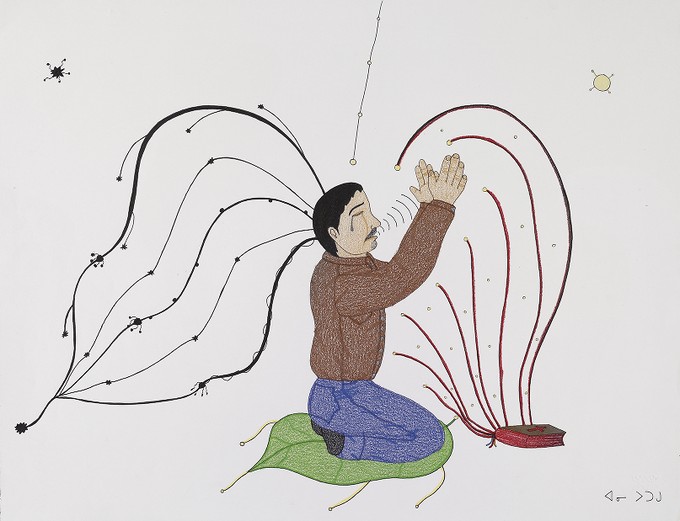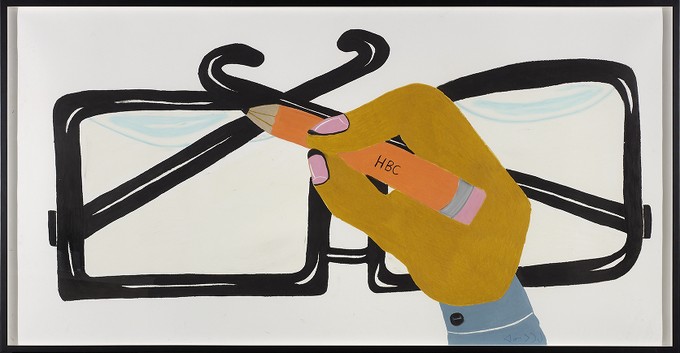
_ _Stories Many Voices, Many Experiences
This project recognizes that settler perspectives, voices, and materiality have dominated public and institutional discourses of Indigenous life, settler-colonialism, and residential schools. The storytellers will be community members and museum visitors who wish to share stories of their views and experiences with residential schools and the Truth and Reconcilation exhibit.
The core content of this digital exhibit will be stories shared Indigenous peoples collected during traveling Truth and Reconciliation exhibit and museum visitors’ responses to the Childhood Denied narrative and Truth and Reconciliation museum exhibit.
Storytellers may share oral or written narratives freely or based on prompts provided by the museum specific to individual objects in the exhibits and the Childhood Denied narrative. For example, a prompt referring to the hand-painted acoustic guitar could ask storytellers to share how music relates to their own, their family’s, or their community’s / institution’s experiences with Residential Schools and/or processes of healing, or lack thereof.
